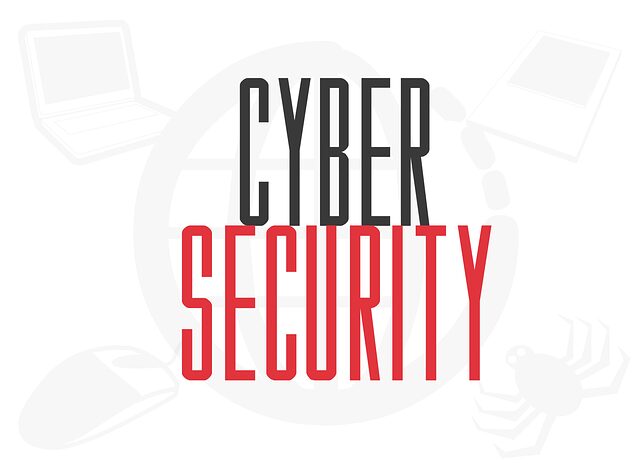10 Essential AWS SysOps Security Practices for Cloud Pros
As cloud computing grows, AWS SysOps Administrators play a key role in keeping cloud environments secure and efficient. Let’s look at the main security practices every AWS SysOps pro should know to protect and optimize cloud infrastructure.
Key Takeaways:
- AWS SysOps Administrator certification is important for cloud security professionals
- The certification shows skills in deploying, managing, and operating AWS workloads
- Security is shared between AWS and customers
- Essential security practices include IAM management, encryption, and monitoring
- Continuous learning and staying updated with AWS services is vital for SysOps Administrators
1. Understanding the AWS Shared Responsibility Model
The AWS Shared Responsibility Model is the foundation of AWS security. AWS is responsible for the security “of” the cloud, while customers are responsible for security “in” the cloud. This means AWS secures the infrastructure, but you’re in charge of securing your data, applications, and access management. Understanding this model is crucial for good security.
Key parts of the Shared Responsibility Model include:
- AWS responsibility: Physical security, network infrastructure, and virtualization layer
- Customer responsibility: Data encryption, access management, and application-level controls
- Shared responsibilities: Patch management, configuration management, and awareness & training

2. Implementing Strong Identity and Access Management (IAM)
Good IAM is critical for AWS security. It’s the foundation of access control and helps prevent unauthorized access to your AWS resources. Use these best practices:
- Create and use IAM roles for temporary access
- Use the principle of least privilege
- Use multi-factor authentication (MFA) for all users
- Regularly review and rotate access keys
- Use IAM Access Analyzer to find resources shared with external entities
- Use strong password policies
- Use IAM groups to manage permissions for multiple users
3. Securing Network Infrastructure
Protect your AWS network with these important steps to create a strong defense against potential threats:
- Use Virtual Private Clouds (VPCs) to isolate resources
- Use security groups and network ACLs
- Enable VPC Flow Logs for network monitoring
- Use AWS WAF and Shield for extra protection
- Use VPN or Direct Connect for secure communication with on-premises networks
- Use Transit Gateway for central network management in multi-VPC environments
- Use private subnets for resources that don’t need direct internet access
4. Data Protection and Encryption
Protect your data with these AWS security features to keep it confidential and intact:
- Encrypt data at rest using AWS KMS
- Use SSL/TLS for data in transit
- Use secure S3 bucket policies
- Regularly backup and version your data
- Use AWS Macie for automatic sensitive data discovery and protection
- Use AWS Certificate Manager for managing SSL/TLS certificates
- Use AWS Secrets Manager to protect sensitive information like database passwords
5. Monitoring and Logging for Enhanced Security
Keep a close eye on your AWS environment to spot and respond to security incidents quickly:
- Enable CloudTrail for API activity logging
- Use CloudWatch for monitoring and alerts
- Use AWS Config for resource inventory and compliance
- Set up SNS notifications for security events
- Use Amazon EventBridge to respond to operational changes in real-time
- Use centralized logging with Amazon OpenSearch Service
- Use AWS X-Ray for application performance monitoring and debugging
6. Implementing Incident Response Plans
Be ready for security incidents by developing thorough response strategies:
- Develop and regularly test an incident response plan
- Use AWS GuardDuty for threat detection
- Use AWS Security Hub for centralized security management
- Practice forensic data collection in AWS environments
- Use AWS Lambda for automated incident response
- Use AWS Systems Manager Incident Manager for coordinated incident response
- Use AWS Step Functions to orchestrate complex incident response workflows
7. Automating Security Best Practices
Use automation to improve security and ensure consistent application of security controls:
- Use AWS Systems Manager for patching and configuration management
- Use Infrastructure as Code (IaC) for consistent security controls
- Create Lambda functions for automated security responses
- Use AWS Config Rules for continuous compliance checks
- Use AWS CloudFormation Guard for policy-as-code
- Use AWS Service Catalog for standardized, compliant resource provisioning
- Use AWS Control Tower for automated landing zone setup and governance
8. Ensuring Compliance and Governance
Stay compliant in your AWS environment by following industry standards and regulations:
- Understand AWS compliance programs relevant to your industry
- Use AWS Control Tower for multi-account governance
- Use AWS Artifact for accessing compliance reports
- Do regular security audits and assessments
- Use AWS Audit Manager to continuously audit AWS usage for compliance
- Use AWS Organizations for centralized management of multiple AWS accounts
- Use AWS Trusted Advisor for guidance on security best practices and compliance

9. Continuous Learning and Skill Development
Stay updated with AWS security best practices to maintain strong security:
- Regularly review AWS security whitepapers and best practices
- Attend AWS security webinars and training sessions
- Pursue relevant AWS certifications
- Participate in AWS security forums and communities
- Follow AWS security blogs and social media channels
- Attend AWS re:Invent and other AWS events for the latest security updates
- Practice hands-on security scenarios using AWS free tier resources
10. Performance and Cost Optimization for Security
Balance security with performance and cost to ensure efficient use of resources:
- Use AWS Trusted Advisor for security and performance recommendations
- Use auto-scaling for security-related resources
- Optimize security group rules for better performance
- Use AWS Cost Explorer to monitor security-related expenses
- Use AWS Savings Plans for cost-effective, long-term security resource usage
- Use AWS Compute Optimizer for right-sizing recommendations
- Use tagging strategies for better cost allocation of security resources
Conclusion
Mastering AWS SysOps security essentials is crucial for maintaining a strong and secure cloud environment. Explore our IT Courses, in particular the AWS SysOps Course to help advance your career as a Sysops Engineer within AWS Cloud computing. By using these practices and continuously updating your skills, you’ll be well-prepared to handle the security challenges of modern cloud computing.
Stay alert, keep learning, and always prioritize security in your AWS operations. With the right approach, you can create a secure, efficient, and cost-effective AWS environment for your organization.

